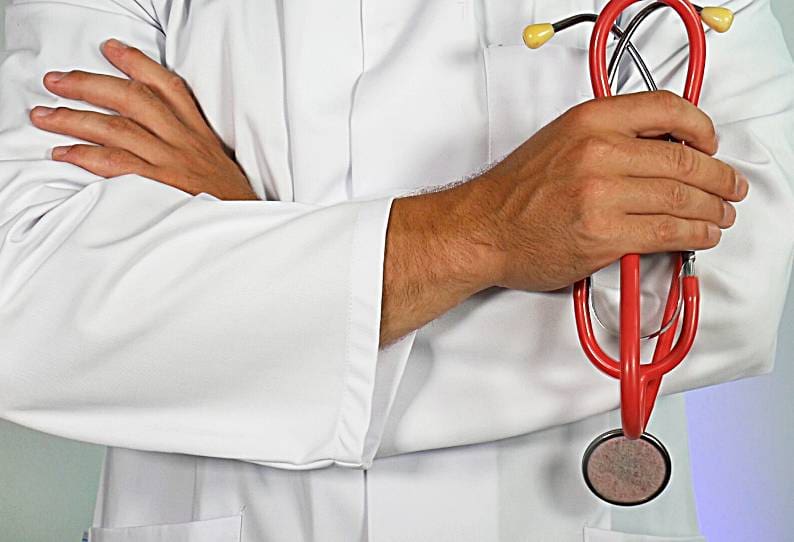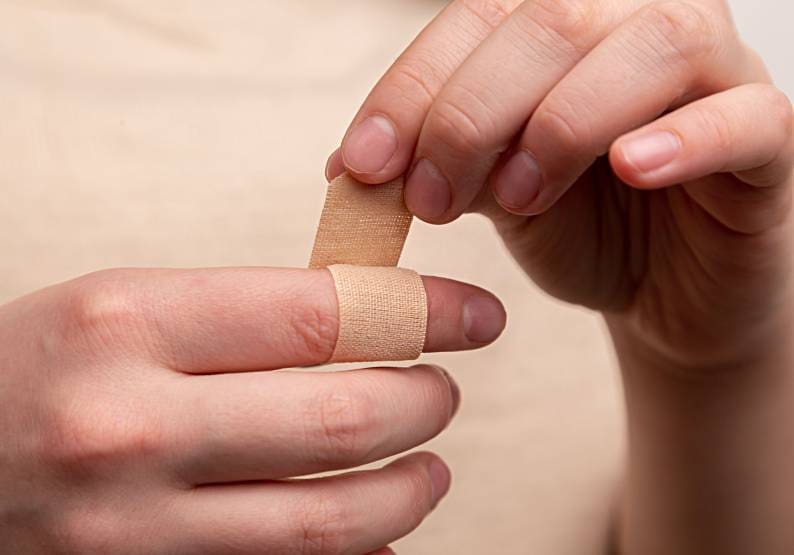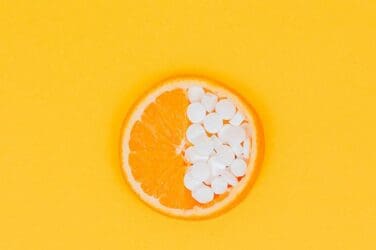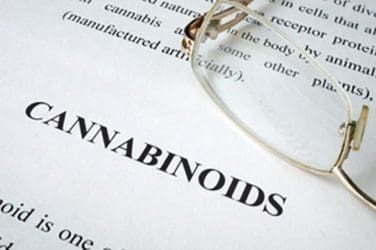words Alexa Wang
In the realm of healthcare, the treatment of wounds has undergone remarkable advancements in recent years, with modern medical solutions offering unprecedented efficacy and precision. From minor cuts to complex surgical incisions, the approach to wound care has evolved significantly, enabling faster healing, reduced complications, and improved patient outcomes. This article delves into distinct aspects of modern wound treatment, highlighting the innovative techniques and technologies that have revolutionized the way healthcare professionals manage wounds.
Advanced Wound Dressings: The Science of Healing
One of the cornerstones of modern wound care lies in the development of advanced wound dressings. Gone are the days of merely covering a wound with basic bandages; today’s wound dressings, infused with substances like hydrogels, silver nanoparticles, and growth factors, create an optimal healing environment. These dressings, with their innovative formulations, including Singapore wound care products, are tailored to the type of wound, whether it’s a shallow abrasion or a deep surgical incision. They promote wound healing by maintaining a moist environment, preventing infection, and stimulating tissue regeneration. For wounds that require cleansing, moistening, and decontamination, these advanced dressings offer a comprehensive solution to address the challenges posed by encrusted, contaminated, and chronic skin wounds.
Negative Pressure Wound Therapy: Enhancing Healing Through Suction
Negative Pressure Wound Therapy (NPWT) is a revolutionary approach that harnesses the power of controlled suction to expedite wound healing. This technique involves placing a specialized dressing over the wound and connecting it to a vacuum pump that generates negative pressure. The benefits of NPWT are manifold. Firstly, it removes excess fluid and bacteria from the wound, reducing the risk of infection and promoting granulation tissue formation. Secondly, NPWT stimulates blood flow to the area, enhancing oxygen and nutrient delivery, which are essential for cellular repair and regeneration.
NPWT is particularly valuable in the management of complex wounds, such as diabetic foot ulcers and post-operative incisions with a high risk of complications. By applying controlled negative pressure, this therapy not only accelerates wound healing but also helps to reduce wound size and the need for surgical interventions. Its success has led to its integration into various medical specialties, underscoring its versatility and effectiveness in modern wound management.
Laser Therapy: Precision Treatment for Optimal Results
In recent years, the integration of laser therapy into wound care has introduced a new dimension of precision and efficacy. Low-level laser therapy (LLLT), also known as cold laser therapy, utilizes specific wavelengths of light to stimulate cellular activity and promote tissue repair. This non-invasive approach has proven particularly effective in chronic wound management, where traditional therapies often fall short.
By targeting the underlying cellular mechanisms, laser therapy enhances collagen production, reduces inflammation, and accelerates wound closure. Moreover, its painless nature and minimal side effects make it a viable option for patients who may not tolerate other treatments well. Laser therapy’s adaptability to various wound types, including pressure ulcers, burns, and surgical wounds, underscores its potential to transform the landscape of wound care. As technology continues to evolve, laser therapy is poised to play an even greater role in optimizing wound treatment outcomes.
Bioengineered Skin Substitutes: Nature and Science Collaborate
Bioengineered skin substitutes have emerged as a remarkable intersection of nature and scientific innovation in wound healing. These substitutes are designed to mimic the structure and function of natural skin, providing an environment that supports cellular growth and tissue regeneration. They are especially beneficial for extensive burns, chronic ulcers, and large traumatic wounds where conventional wound care may be insufficient. Bioengineered skin substitutes are composed of biocompatible materials that encourage cell migration and tissue integration, ultimately leading to faster wound closure and reduced scarring.
The development of these substitutes involves a blend of biomaterial science, tissue engineering, and cell culture techniques. Some substitutes are composed of a combination of synthetic materials and human or animal-derived cells, while others utilize fully synthetic materials that replicate the extracellular matrix of native skin. This approach not only promotes wound healing but also minimizes the risk of infection and graft rejection. As bioengineered skin substitutes continue to evolve, their potential to transform the treatment of extensive and complex wounds is becoming increasingly evident.
Hyperbaric Oxygen Therapy: Unleashing the Healing Power of Oxygen
Hyperbaric Oxygen Therapy (HBOT) is a non-invasive treatment that involves breathing pure oxygen in a pressurized chamber. This therapy is particularly effective in promoting wound healing in cases of compromised circulation, chronic non-healing wounds, and certain types of infections. By subjecting the body to increased oxygen levels, HBOT enhances oxygen delivery to the tissues, fuels cellular metabolism, and boosts the body’s natural healing mechanisms. This accelerated healing process is essential in wounds that struggle to receive sufficient oxygen due to underlying medical conditions.
HBOT’s efficacy lies in its ability to address both the oxygen and infection components of wound healing. Oxygen-rich environments are detrimental to the growth of certain bacteria, making it difficult for them to survive and proliferate. Moreover, the therapy stimulates the production of collagen, enhances white blood cell activity, and reduces inflammation – all crucial factors in wound healing. Hyperbaric Oxygen Therapy not only expedites the closure of chronic wounds but also reduces the risk of amputations in cases of severe diabetic foot ulcers or arterial insufficiencies.
The realm of modern wound care has witnessed remarkable advancements, ranging from advanced dressings to innovative therapies like negative pressure wound therapy, laser therapy, and hyperbaric oxygen therapy. These cutting-edge approaches, including contributions from wound care products, symbolize the synergy between scientific innovation and medical practice. By accelerating healing, minimizing complications, and prioritizing patient well-being, these breakthroughs have reshaped wound treatment. As technology progresses, the path towards even more effective wound management holds promise, underscoring an ongoing commitment to better outcomes and patient satisfaction.





















